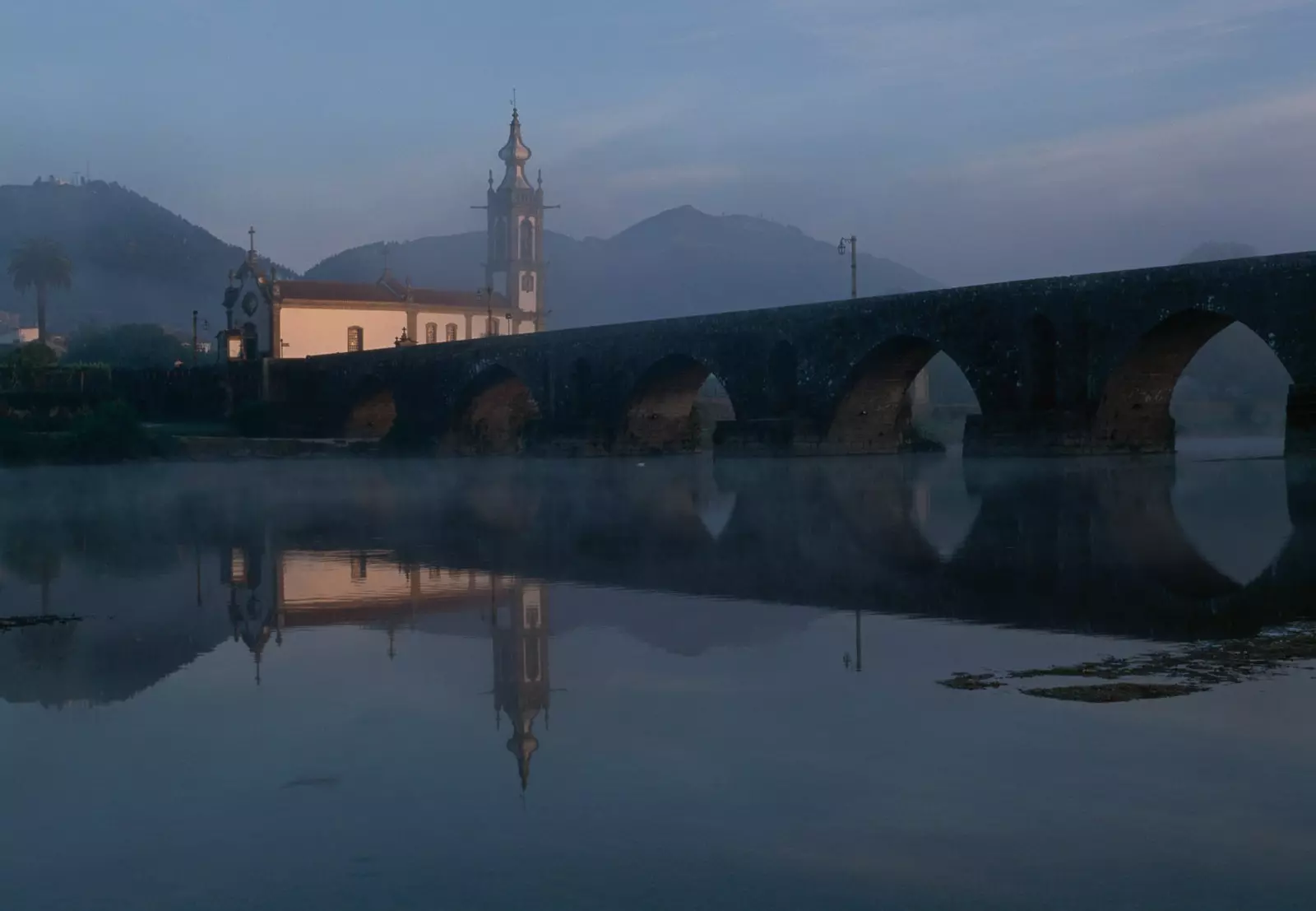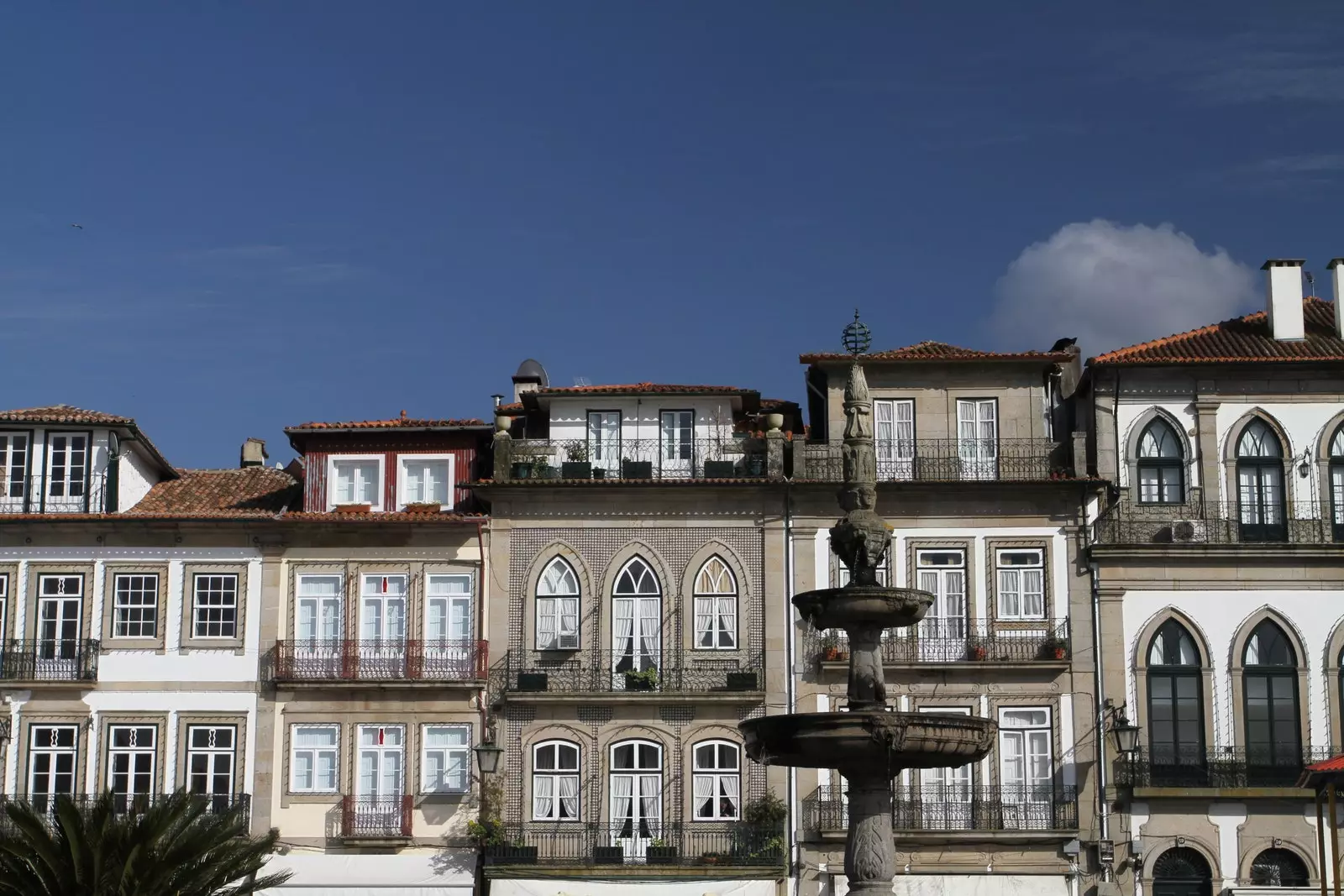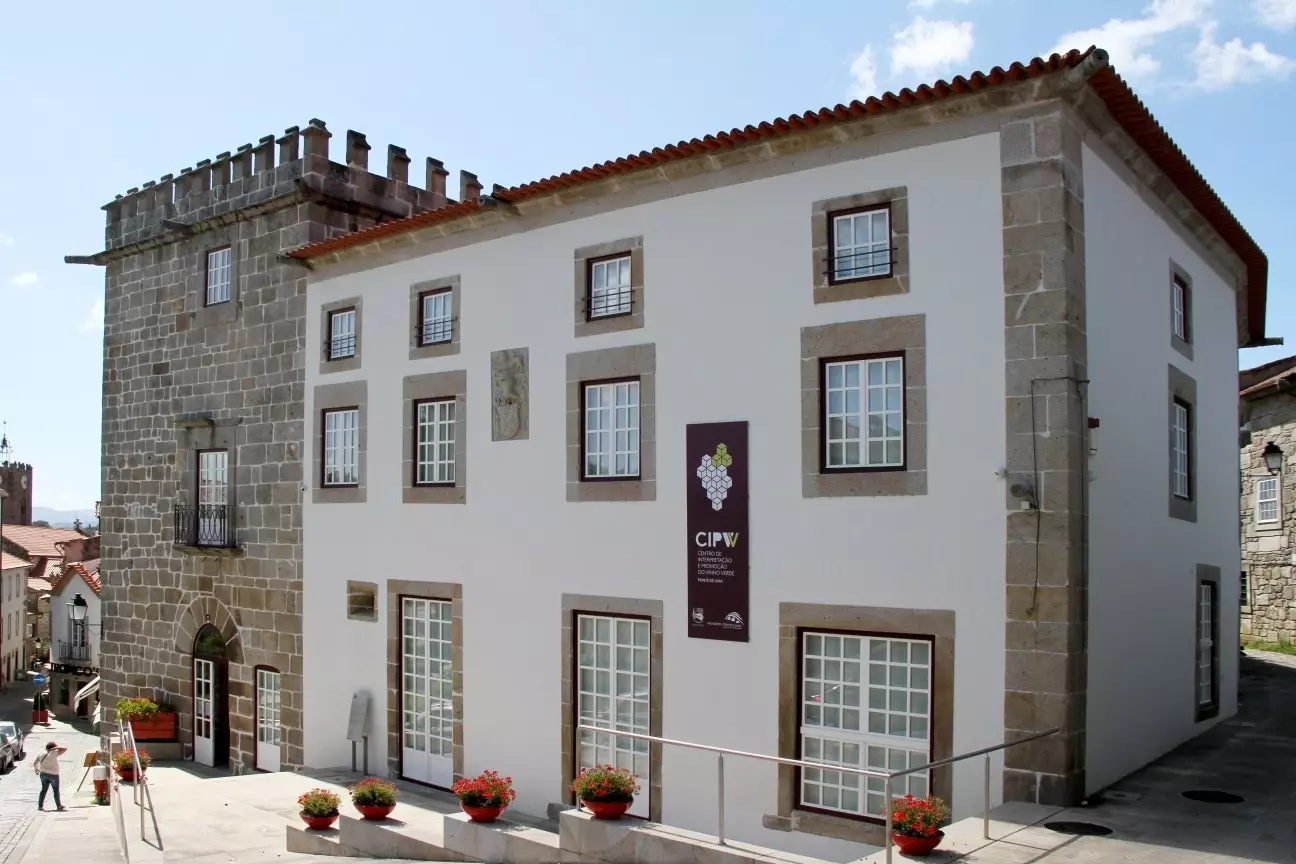It is said that the Kingdom of Portugal it emerged from this point of the Peninsula, from Ponte de Lima; hence this beautiful town is known as the oldest town in Portugal. The Lima River, which crosses the valley that bears the same name, forced the construction of a bridge that would go down in history as one of the most emblematic from the country.
CITY OF KINGS
That the Portuguese consider that Ponte de Lima is the oldest town in Portugal, it is no coincidence. There is evidence that in the year 1125 it was officially considered town in order of Queen Doña Teresa de León, daughter of King Alfonso VI (the king of Cid Campeador) and who in turn was the mother of Alfonso I, recognized as the first king of the Kingdom of Portugal.
In fact, the Portuguese kingdom began here, with this queen, even though it will be her son Alfonso I who would achieve independence from the kingdom of León later, in the year 1143.
Doña Teresa has a very important role in Ponte de Lima , and her character is well known by the Portuguese, to the point that here she has her own statue in an avenue.

Bridge of Lima.
THE MOST BEAUTIFUL BRIDGE IN PORTUGAL
The bridge that crosses the Lima River is undoubtedly the most striking monument in the town, meeting place for travelers looking to hunt the perfect snapshot. Although it only preserves five arches of the original Roman bridge from the 5th century, its current construction dates back to the 14th century and is considered one of the most beautiful and best preserved old bridges in the country.
It also has a very relevant importance within the circuit of the Santiago's road, since it was the only point that allowed the crossing of the Lima River on the route that connects panties with Santiago de Compostela.
In fact an effigy of the saint can be found very close to that location, wishing “bom caminho”, proof that the pilgrimage was a fairly active activity centuries ago.
Around the bridge you can feel the positive energy radiating from this piece of Portugal, between the comings and goings of curious travellers, improvised fado singers, itinerant flower sellers and some other cartoonist who has escaped from the hustle and bustle of Port looking for new inspirations.
On the banks of the river, in fact, it suddenly appears one of the most picturesque sculptural groups in the city and that tell part of the legend that revolves around the bridge.
On one side of the river is the equestrian figure of General Décimo Junio Bruto, who was said to have crossed the Lima River, once confused with the Río del Olvido, that he erased the memory of everyone who passed through him.
He signals to his troops that the river can be crossed without problems, represented on the other bank of the river, in perfect formation.
Although not everything is Roman around the bridge. The importance of horticultural culture and traditional Portuguese folklore We appreciate it in every step we take.
As soon as we cross the river we find two more sculptural groups in Memoria del Campo, representing the work of the market gardeners plowing the field with oxen, an activity that they have maintained until a few years ago.

Historical center, Ponte de Lima.
ON ONE SIDE OF THE RIVER...
Once we have left the bridge behind, we enter the small framework of the medieval district of Ponte de Lima through the Ribeira. The cobbled streets discover some stately homes that once shone with splendor and in which their coats of arms are now struggling to overcome the inclement weather.
And of course tiles, many tiles everywhere, until reaching the beautiful Largo de Camoes , the nerve center of the city. In this beautiful square is the Chafariz, a fountain dating from 1603 and that makes the delights of Instagram.
Beneath the arcades of the square, the magnificent cafés invite you to take a break, some of which still have open terraces in winter. Stop for a coffee and a sweet, which is religion here.
Turning to the right you reach the Iglesia Matriz de Ponte de Lima, a 15th-century temple that was remodeled in the 18th and that keeps in its interior several baroque treasures worth seeing. And a little further on you come to the old medieval prison, more specifically the Torre da Cadeia Velha.
This tower is the supernatural vestige of what was once a walled complex, whose construction dates back to the 14th century. It is Well of Cultural Interest since 1945 and, important note, the headquarters of the Tourist Office , so you have to stop yes or yes.
AND ON THE OTHER SIDE…
The other bank of the river hides very unique places. If we go to the right we can get lost in the wonderful Parque Temático do Arnado, a green lung which is divided into several spaces, some dedicated to the legends of the Roman world. In fact, you can get lost in a labyrinth garden of the Minotaur.
Very close to this park is the Museo do Brinquedo, a peculiar museum dedicated to toys. This collection, coming from more than two hundred manufacturers, reflects the evolution of the Portuguese culture of the last century through toys.
It is important call in advance to reserve since with the COVID they have put some restrictions. In the Tourist Office All these questions can be resolved.
COD, GRILLED AND WINE GREEN
One of the things that puts Ponte de Lima on the map is undoubtedly the vinho verde. Because this highly appreciated Portuguese wine has its operations center in this town and part of its tourist activity focuses on its wineries.
The Vinho Verde Interpretation Center It is a must stop to understand what is done in these lands. In the museum there is a journey through the history of the wine green, from its beginnings to the present, said by themselves “Understanding it from an oenological but also ethnological point of view”.
It has a tasting room for the most gourmets and there are even some temporary exhibitions to promote the art of creators both Portuguese and from outside the country.

Vinho Verde Interpretation Center.
From there, with the unmistakable taste in the mouth left by the wonderful Portuguese wine, all that remains is to go down the street and look for a good bite. In Ponte de Lima you eat a lot and very well, practically anywhere you go, Although it depends on what you are looking to put between the chest and the back, we find some options or others.
A very good alternative is Taverna Vaca das Cordas (Blessed Francisco Pacheco 38), very close to Largo de Camoes, a bullfighting tavern where grilled octopus and cod do not disappoint and where grilled meats are XL size.
Another option to not fail is O Brasão (Formosa 1), closer to the Wine Interpretation Center and, as you can guess, the grilled meats they are spectacular. A simple, family restaurant, without pretensions, but where with luck you can eat listening to fado in the background. Very well.
FUN FACTS
In Ponte de Lima it is celebrated in summer the Festival of Flowers, a gardening competition that attracts florists and gardeners renowned from around the world who compete for the most spectacular composition. Ponte de Lima becomes a palette of indescribable color and aroma
Another curious place is Military History Interpretation Center, also known as the Paço do Marqués, a 15th century building. In this museum you can find military pieces from the Visigoth period to the present.
Here you will discover that Teresa of Leon he was at war with her family for much of her life. She battled her stepsister Urraca and her own son Alfonso, who was the reason for her downfall from her power.
